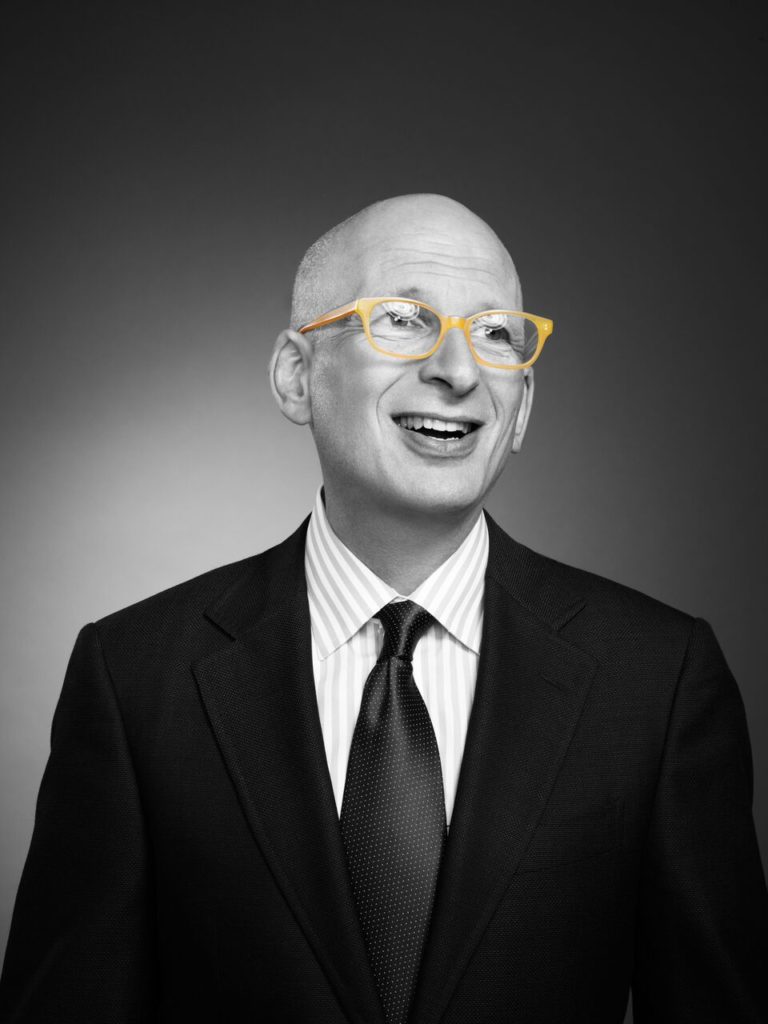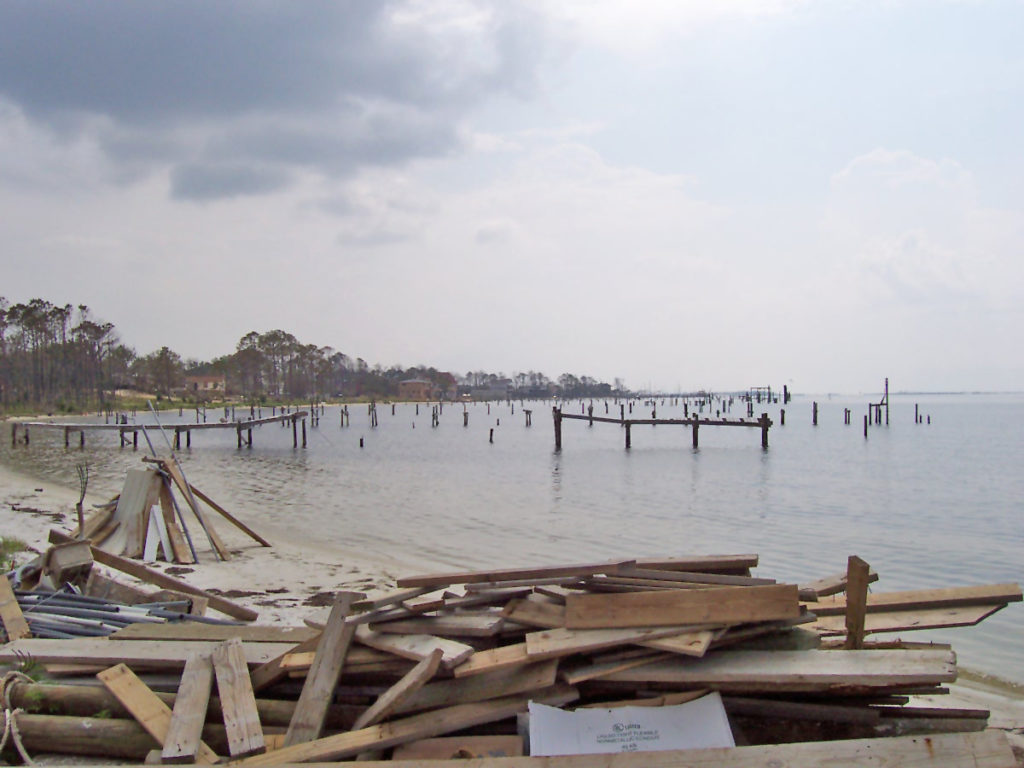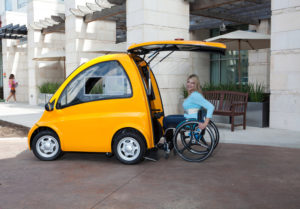Can this developer be held responsible for breaking a covenant?
While searching “electric lawn service near me,” I found this CNN story from 2000 miles away that describes an eco-village sold down the river by the new owner of the land.
It is very unfortunate that the original developer didn’t get any guarantees that a buyer would maintain the fossil-free commitment written into the sale documents. Nonetheless, I think a creative and skilled attorney could make a number of different legal arguments that could force the developer to honor the agreement. Could the Environmental Defense Fund? perhaps take this on? It would be a great precedent to say that a community developed specifically as an eco-community could not then be put at the mercy of eco-hostile development.
As a non-lawyer, all I can do is speculate about the arguments a lawyer might use to block the conversion of the acquired parcels to fossil fuels (I have no idea if any of these would hold up in court and I am not presenting this as legal advice). Arguments could be made about such harms as
- Introducing new health risks (especially to children)
- Negative progress on climate that goes against International, US,Colorado, and neighborhood climate goals
- Adverse possession (a doctrine that gives rights to squatters in certain circumstances)
- The deliberate destruction of a cohesive intentional community
- And of course, about consumers’ rights: this could clearly be seen as bait-and-switch: buying into a community with a stated purpose, and having that purpose violated, even shredded.
After all, a group of children have sued for climate justice, and the US Supreme Court recognized that their suit had validity (there have been many conflicting decisions on this case, however).
But the courts aren’t the only recourse. I do know something about organizing movements, and these neighbors should be organizing a movement. To list a few among many possibilities, they could be:
- Organizing mass protests outside the developer’s office
- Saturating the local paper with letters to the editor and op-eds
- Enlisting allies in powerful environmental organizations, of which Colorado has no shortage
- Protesting at the capital in Denver that their rights are being taken away
- Contacting the press ahead of and after all of these events
- Physically but nonviolently blocking attempts to connect the pipelines (note: this is illegal civil disobedience and participants might be subject to arrest)
- Researching obscure laws that might provide tools that can successfully block the connection
- Organizing boycotts and other public shamings of the developer
Plus, I really have to wonder what the developer is thinking. Eco-friendly homes are in high demand, can often sell for more than the price of comparable fossil-powered homes, and prove a skill set that many homeowners want. After all, people moved from other states just to participate in this community. And forcing eco-hostile housing development into an eco-friendly community is a recipe for public relations disaster and a bad, bad reputation.
Why not simply stop, think about the benefits of keeping this community identity, and use it as a marketing tool? That would make so much more sense than risking ongoing hostility, a ruined reputation and possibly much worse.



![Surveillance cameras. Photo by Pawe? Zdziarski [CC BY-SA 3.0 (http://creativecommons.org/licenses/by-sa/3.0/)]](https://greenandprofitable.com/wp-content/uploads/2019/11/1024px-Surveillance_video_cameras_Gdynia-Wikipedia-300x225.jpg)





